What is the Meisner Technique?
The ultimate guide to Meisner
(By Tonya Tannenbaum)
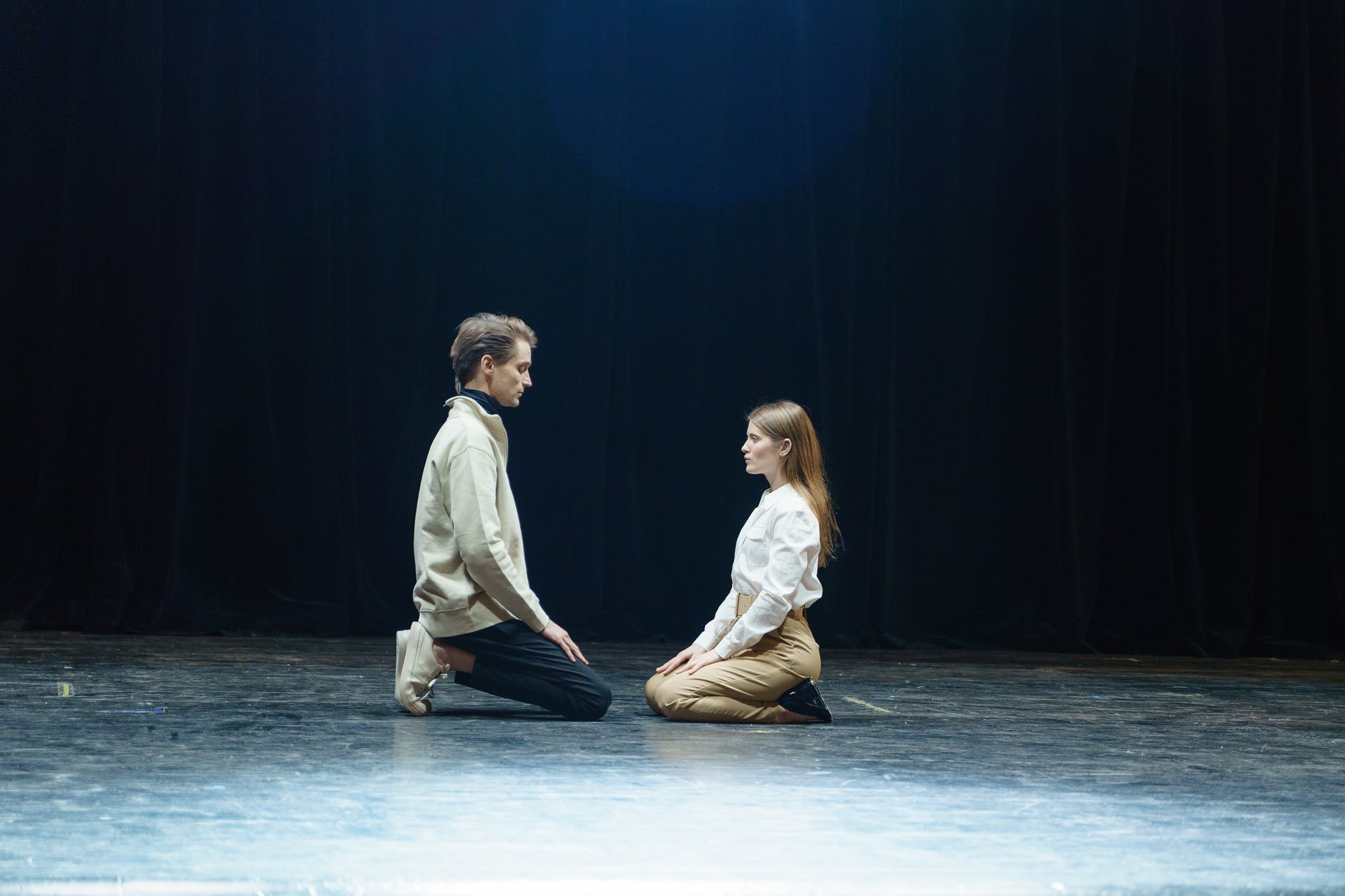 (Photo: Cottonbro | Pexels)
(Photo: Cottonbro | Pexels)
Sanford Meisner (1905–1997) was an influential American actor and acting teacher, best known for developing the Meisner Technique, a widely respected approach to acting training. Born in Brooklyn, New York, Meisner began his career as an actor and worked extensively in theater, film, and television.
In the 1930s, Meisner joined the Group Theatre, a groundbreaking theater company known for its innovative approach to acting and social realism. It was during his time with the Group Theatre that Meisner began developing his own techniques and methods for training actors.
In the 1940s, Meisner became a founding member of the renowned Actors Studio in New York City, along with Lee Strasberg and Stella Adler. While at the Actors Studio, Meisner further developed and refined his approach to acting, which would later become known as the Meisner Technique.
What is the Meisner Technique?
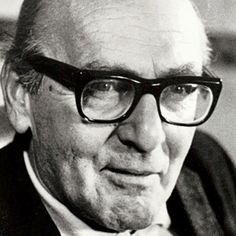
(Sanford Meisner)
The Meisner Technique is a widely respected acting technique developed by Sanford Meisner, an American actor and acting teacher. Meisner developed this technique as a response to the more analytical approach of the Stanislavski system. The Meisner Technique emphasizes truthful, organic acting through a series of exercises and practices designed to help actors connect with their emotions, their scene partners, and the moment.
How long does it take to learn the Meisner Technique?
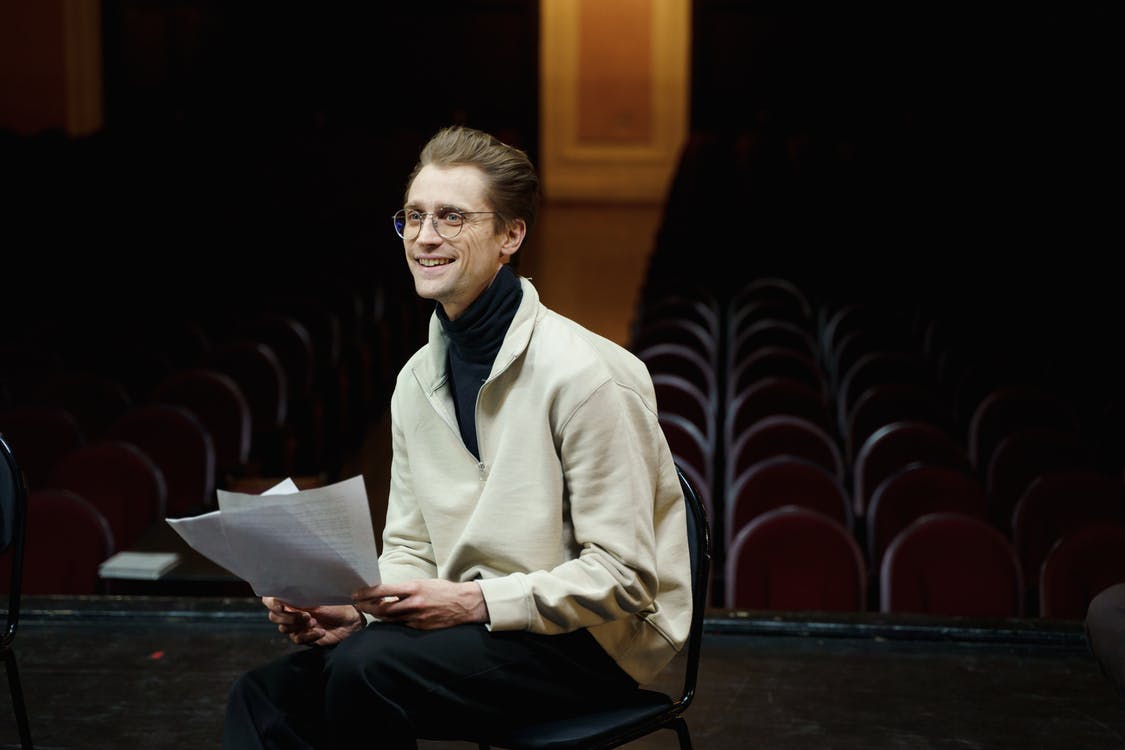 (Photo: Cottonbro | Pexels)
(Photo: Cottonbro | Pexels)
The time it takes to learn the Meisner Technique can vary significantly depending on several factors, including the individual’s prior experience, talent, dedication, and the intensity of the training program.
Meisner Technique training can range from short workshops or intensives lasting a few weeks to more comprehensive programs spanning several months or even years. The duration of the program will impact how deeply one can delve into the technique and how proficient they become.
Like any skill, mastering the Meisner Technique requires consistent practice and dedication. Actors often continue to refine their understanding and application of the technique throughout their careers. Regular practice, both in class and through independent work, is essential for growth.
What are the pros and cons of Meisner Technique?
 (Photo: Andrea Piacquadio | Pexels)
(Photo: Andrea Piacquadio | Pexels)
Pros:
Emotional Authenticity: The Meisner Technique prioritizes emotional authenticity, helping actors connect with their characters on a deep, personal level. This can result in performances that feel genuine and resonate with audiences.
Spontaneity and Presence: By focusing on living truthfully under imaginary circumstances, the Meisner Technique encourages actors to be fully present in the moment and respond instinctively to their scene partners. This fosters a sense of spontaneity and naturalness in performances.
Emphasis on Listening: The technique places a strong emphasis on active listening and responsiveness, teaching actors to be attuned to their scene partners and react authentically to their cues. This can lead to more dynamic and engaging interactions on stage or screen.
Flexibility and Adaptability: Meisner Technique teaches actors to trust their instincts and adapt to the changing dynamics of a scene, rather than relying on rigidly rehearsed blocking or line readings. This can result in performances that feel fresh and organic.
Collaborative Atmosphere: The technique fosters a sense of ensemble and collaboration among actors, encouraging them to support and respond to each other’s choices. This creates a dynamic and interconnected performance environment that can enhance the overall quality of a production.
 (Photo: Andrea Piacquadio | Pexels)
(Photo: Andrea Piacquadio | Pexels)
Cons:
Emotional Intensity: The Meisner Technique can be emotionally demanding, requiring actors to delve into their own personal experiences and emotions to connect with their characters. This level of emotional intensity may be challenging or uncomfortable for some actors.
Time-Consuming: The technique often involves repetitive exercises and intensive scene work, which can be time-consuming and require a significant investment of effort and energy from actors. This may not be feasible for actors with busy schedules or limited rehearsal time.
Limited Focus: While the Meisner Technique is highly effective for certain types of acting, it may not be the best fit for every actor or every style of performance. Some actors may find that other techniques better suit their individual strengths and preferences.
Dependence on Scene Partner: The technique relies heavily on the actor’s ability to connect with and respond to their scene partner. If one actor is less skilled or committed than the other, it can negatively impact the quality of the performance.
How does Meisner Technique work?
 (Photo: Cottonbro | Pexels)
(Photo: Cottonbro | Pexels)
Here’s a breakdown of how the Meisner Technique works:
Repetition Exercise: One of the fundamental exercises in the Meisner Technique is the repetition exercise. In this exercise, two actors engage in a simple interaction, repeating short phrases back and forth to each other. The purpose is to encourage actors to be present in the moment, to really listen and respond truthfully to their scene partner. Through repetition, actors become more attuned to their partner’s behavior and emotional cues, leading to more authentic and spontaneous responses.
Emotional Preparation: Meisner emphasized the importance of actors connecting with their own emotions and experiences in order to bring authenticity to their performances. Actors engage in various activities to access their emotional truth, such as recalling personal memories or imagining themselves in specific situations. This emotional preparation allows actors to tap into genuine feelings and reactions during their performances.
Living Truthfully Under Imaginary Circumstances: Meisner believed that acting is fundamentally about living truthfully under imaginary circumstances. Actors immerse themselves fully in the circumstances of the scene, responding truthfully as if they were the character they are portraying. This requires a deep understanding of the character’s objectives, motivations, and relationships, as well as a willingness to be spontaneous and adaptable in the moment.
Active Listening and Responding: Central to the Meisner Technique is the idea of active listening and responding. Actors learn to listen attentively to their scene partners and to respond truthfully and spontaneously based on what is happening in the moment. This requires actors to let go of preconceived ideas or emotions and to be fully present and open to whatever arises during the scene.
Overall, the Meisner Technique is designed to cultivate a deep connection between actors, allowing them to engage authentically with their emotions, their scene partners, and the circumstances of the scene. By focusing on truthful, emotionally resonant performances, the Meisner Technique aims to create compelling and compellingly realistic portrayals on stage and screen.
How exactly does the Repetition exercise work?
 (Photo: Andrea Piacquadio | Pexels)
(Photo: Andrea Piacquadio | Pexels)
Two actors sit facing each other, maintaining eye contact. One actor begins by making an observation about the other, such as commenting on their physical appearance or demeanor. For example, they might say, “You’re wearing a blue shirt.”
The other actor responds by simply repeating the observation back to the first actor. So, they would say, “I’m wearing a blue shirt.”
The first actor then repeats the original observation, and the cycle continues back and forth, with each actor repeating the observation made by the other. The goal is not to change the words or add anything new but to focus on the truth of the observation and the connection between the actors.
As the exercise progresses, actors may start to notice subtle changes in their partner’s tone of voice, body language, or emotional state. They learn to be present and responsive in the moment, allowing their natural reactions to emerge without premeditation.
The Repetition Exercise helps actors develop skills in active listening, spontaneity, and truthful communication. It encourages them to be fully engaged with their scene partner and to respond authentically to the stimuli in the environment. This heightened awareness and responsiveness are essential elements of the Meisner Technique, enabling actors to create performances that are grounded in emotional truth and authenticity.
What is the difference between method and Meisner Technique?
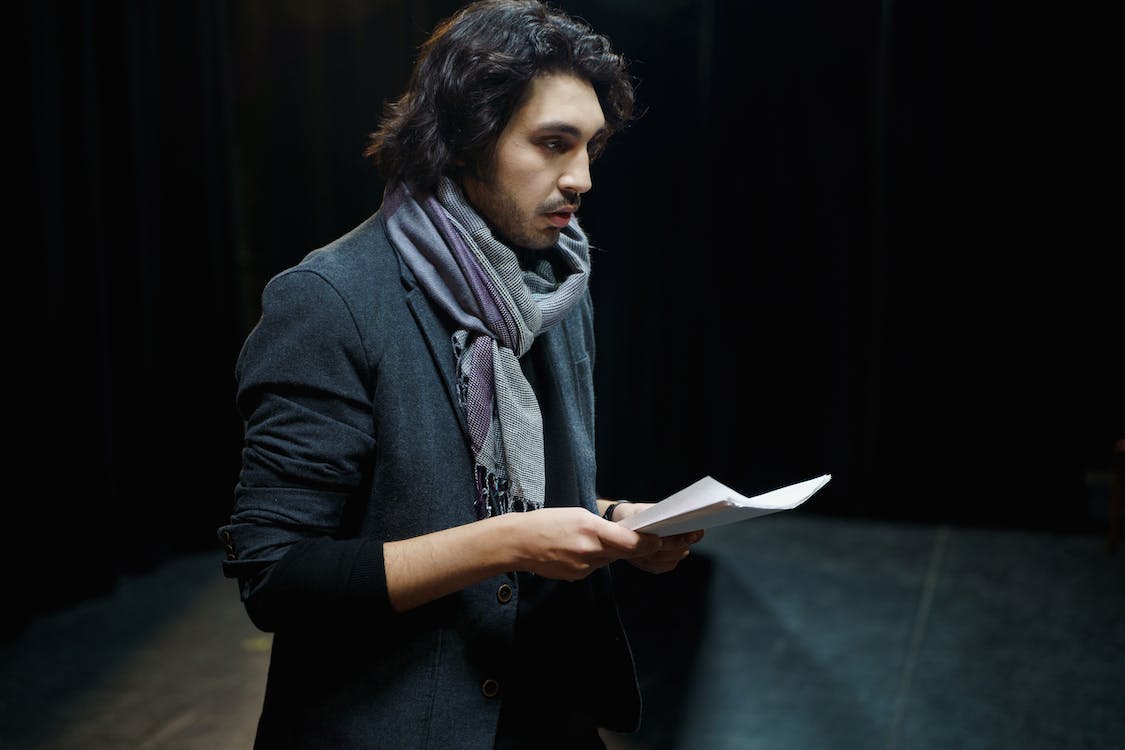 (Photo: Cottonbro | Pexels)
(Photo: Cottonbro | Pexels)
Both the Method and the Meisner Technique are influential approaches to acting training, but they have distinct principles and practices. Here are some key differences between the Method (often associated with Lee Strasberg) and the Meisner Technique (developed by Sanford Meisner):
- Emotional Recall vs. Emotional TruthMethod: The Method, as taught by Lee Strasberg, emphasizes emotional recall, where actors draw on their own past experiences and memories to create authentic emotional responses in their performances. Actors are encouraged to delve into their personal lives to find parallels with the characters they are portraying.
- Meisner Technique: In contrast, the Meisner Technique focuses on emotional truth rather than emotional recall. Actors in the Meisner Technique engage in exercises and activities to access their emotions in the present moment, allowing them to respond truthfully to the circumstances of the scene and their scene partners.
- Internal vs. External Approach:
- Method: The Method tends to have a more internal approach to acting, with an emphasis on the actor’s inner emotional life and psychological processes. Actors work to understand and embody the internal motivations and psychological complexities of their characters.
- Meisner Technique: The Meisner Technique takes a more external approach, focusing on the actor’s external behavior and interactions with their scene partners. Actors in the Meisner Technique learn to listen and respond truthfully in the moment, allowing their emotions to arise naturally from the circumstances of the scene.
- Repetition Exercise vs. Sense Memory:
- Method: While the Method utilizes sense memory exercises as part of its training, the primary focus is on emotional recall and the use of sense memory to evoke specific emotional responses.
- Meisner Technique: The Meisner Technique incorporates the repetition exercise as a foundational exercise, where actors engage in simple back-and-forth interactions with their scene partners to develop truthful, spontaneous responses. However, the Meisner Technique does not rely heavily on sense memory exercises.
- Character Preparation:
- Method: In the Method, actors often engage in extensive character analysis and research to understand the background, motivations, and psychology of their characters. This preparation work informs their approach to the role and their emotional connections to the character.
- Meisner Technique: While character preparation is still important in the Meisner Technique, the focus is more on the actor’s ability to respond truthfully to the given circumstances of the scene rather than on detailed character analysis. Actors in the Meisner Technique learn to embody the essence of the character through spontaneous, in-the-moment interactions.
Which famous actors use Meisner Technique?
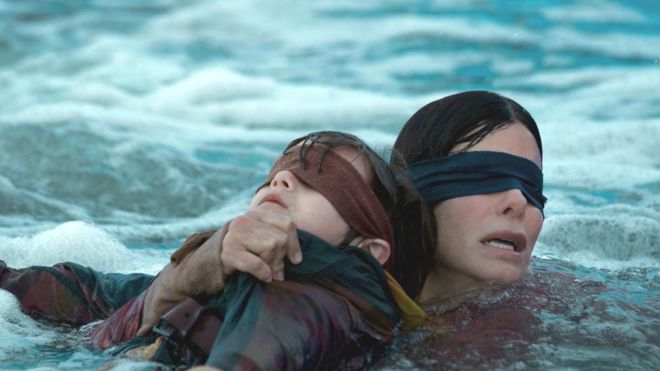
(Sandra Bullock in Bird Box)
The Meisner Technique has been influential in the training of numerous actors, many of whom have gone on to become famous in the world of film, television, and theater. Some notable actors who have studied or have been associated with the Meisner Technique include:
- Robert Duvall
- Diane Keaton
- Jeff Goldblum
- Grace Kelly
- Gregory Peck
- James Gandolfini
- Sandra Bullock
- Alec Baldwin
- Phillip Seymour Hoffman
- Allison Janney
These actors, among others, have credited the Meisner Technique with helping them develop their craft and deliver authentic, emotionally resonant performances throughout their careers.



